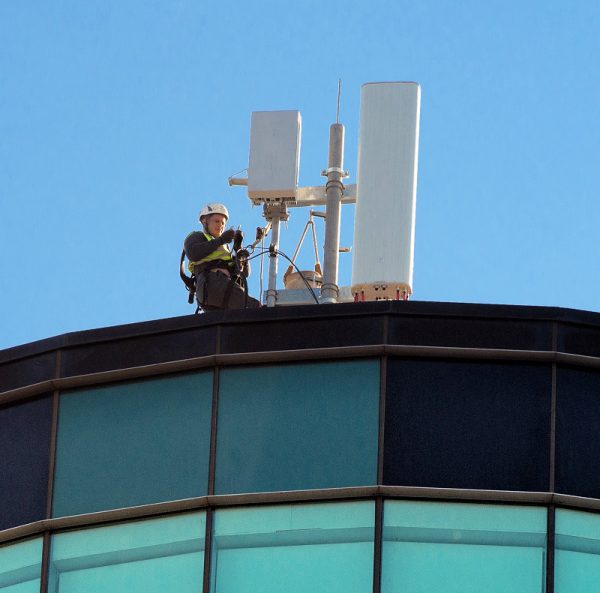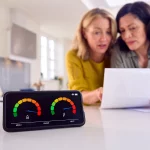Ofcom Updates UK Study of 5G Emissions – Yeah, it’s Still SAFE

The UK telecoms regulator, Ofcom, has just completed another round of testing that took measurements of the electromagnetic field (EMF) emissions at various 5G mobile sites, which once again found no problems. As before the emissions remain just a “small fraction” of the levels set out in international guidelines.
Back in February 2020 Ofcom conducted EMF emissions testing at some 16 sites used for 5G mobile (mobile broadband) connectivity in 10 cities across the United Kingdom (here), which focused on areas where mobile use is likely to be highest. Mobile operators tend to direct the most spectrum, infrastructure and thus capacity at busy locations in order to better feed rising consumer demand.
At every site in the last test, emissions were said to be a “small fraction” of the guideline safe levels set by the International Commission on Non-Ionizing Radiation Protection (ICNIRP), which were recently updated (here). Since then Ofcom has continued their testing programme and they’ve now checked the signals at a total of 22 5G sites in 10 UK cities (full test results); meaning they’ve added 6 new sites.
Advertisement
Once again the maximum measured at any mobile site was approximately 1.5% of the levels included in international guidelines, which included signals from other mobile technologies such as 3G and 4G. In fact after the latest test the highest level from 5G signals specifically was still just 0.039% of the maximum set out in the guidelines. It’s often overlooked that 5G signals can be less powerful and even weaker in certain bands.
As usual we’d recommend that anybody with a concern about 5G should check out our related fact checking article (here). Alternatively, for those who love YouTube videos, there’s quite a good one here (warning – it contains proper science, which we know can be a pesky obstacle for certain conspiracy theorists).
Mark is a professional technology writer, IT consultant and computer engineer from Dorset (England), he also founded ISPreview in 1999 and enjoys analysing the latest telecoms and broadband developments. Find me on X (Twitter), Mastodon, Facebook, BlueSky, Threads.net and Linkedin.
« Virgin Media UK Gives TV Customers 17 More Channels Free
Top UK Areas for Remote Working by Broadband Speed and Cost »























































Comments are closed